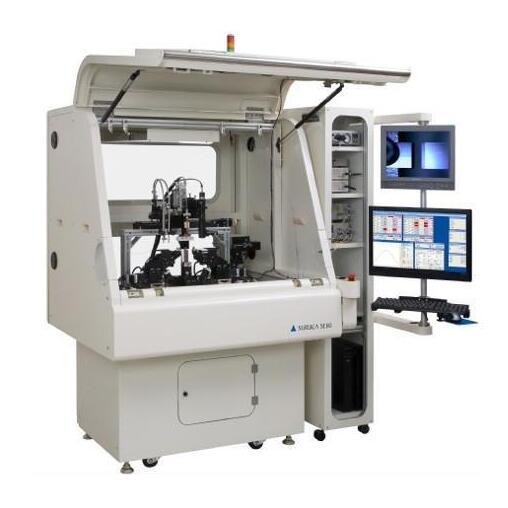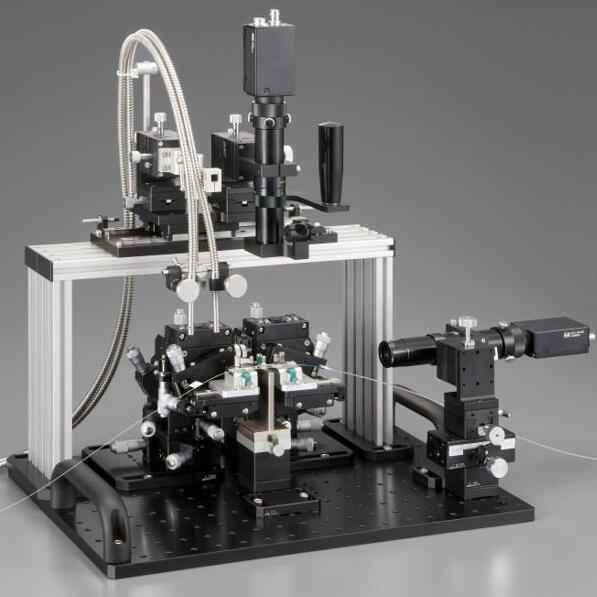In an optical network, precise fiber alignment with an Optical Fiber Alignment System is required for accurate and dependable data transmission.
The majority of optical networks feature several optical couplings and even
small losses (less than 1%) at these couplings can add up to cause a large
signal loss and subsequent transmission issues. In these networks, coupling
loss minimization is essential.
Before optical system construction or packing, optimal fiber alignment
results in the best coupling efficiency and, thus, the least amount of signal
loss. Reduced power needs due to minimal signal loss translate into fewer
repeaters, cheaper investment costs, and fewer failure incidences.
Typical problems with optical alignment
Stability of alignment
Alignment stability—the capacity of an optical system to retain its
alignment over time and under various environmental conditions—is another
prevalent problem with optical alignment. For optical measurements and
applications to be dependable and repeatable, alignment stability is crucial.
However, several variables, like mechanical wear, temperature changes,
humidity, pressure, or shock, might have an impact on alignment stability.
Thermal compensation, active feedback, strong and stiff mechanical mounts, and
alignment lock mechanisms are some ways to increase alignment stability with
the Optical Waveguide Alignment
System.
Accurate alignment
The degree of agreement between an optical system's desired and actual
alignment is known as alignment accuracy. For optical systems to function well
and be of high quality, alignment accuracy is crucial, particularly for those
that need to have high resolution, sensitivity, or precision. However, there
are several variables that might affect alignment accuracy, including optical
flaws, measurement mistakes, calibration problems, and alignment faults.
Complexity of alignment
The difficulty and amount of time needed to align an optical system are referred to as alignment complexity. The number, kind, and arrangement of optical components; the degree of freedom and adjustability of the mechanical mounts; the optical specifications and needs; and the alignment tools and procedures available are some of the variables that affect alignment difficulty. For optical engineers, alignment complexity can mean higher labor, material, and mistake costs. Simple and modular optical designs, pre-aligned or self-aligning parts, automated or semi-automated alignment systems, and alignment optimization methods can all help to lower alignment complexity. The Optical Fiber Alignment System can ensure proper alignment.
Follow our Facebook and Twitter for more information about our product.


No comments:
Post a Comment